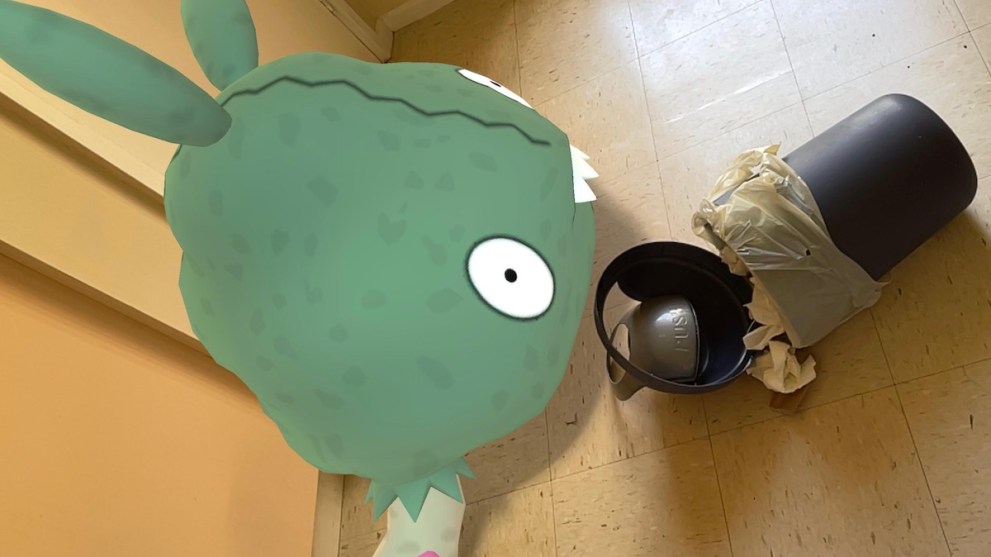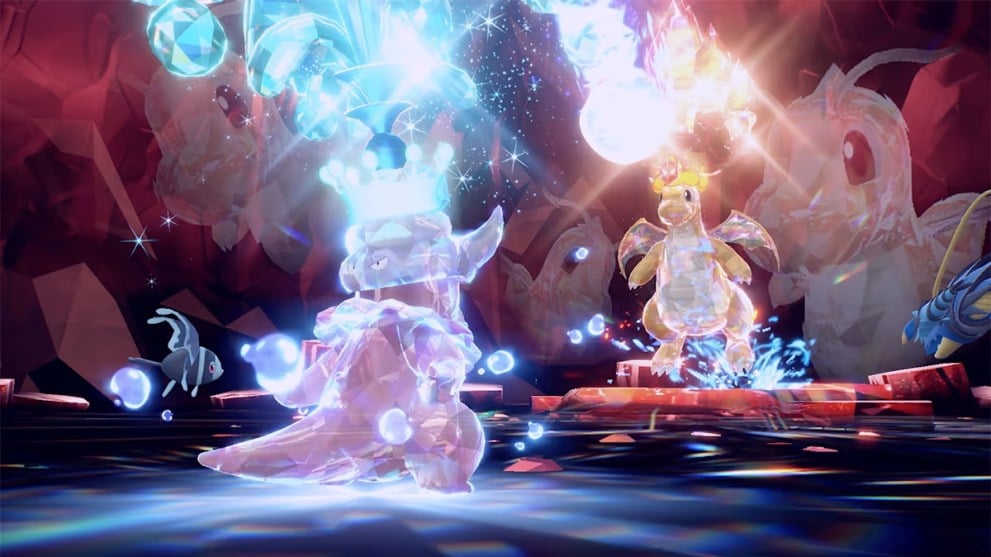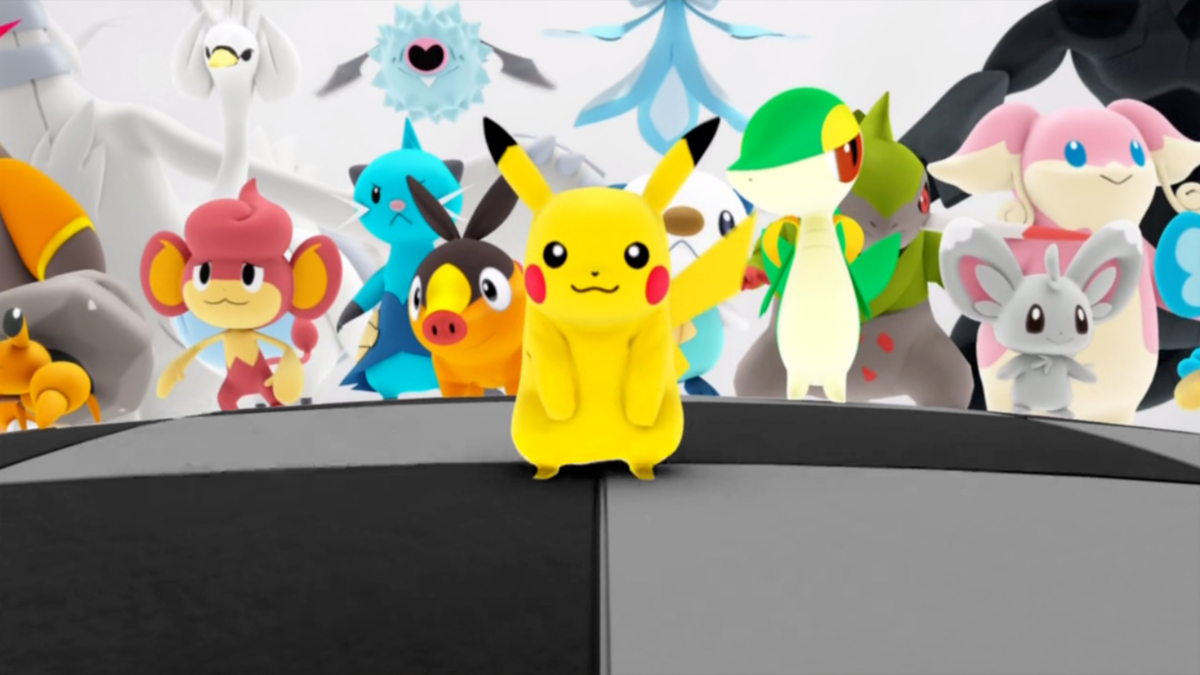To the broader Pokemon community, there are usually a few familiar candidates that are touted as being the pinnacle of the franchise. Some attest that it was the nostalgic beginnings in Kanto, which shaped our imaginations in entirely new ways. Others believe the second generation pushed the envelope to impossible limits, offering two flourishing regions for us to explore. Others still believe that Scarlet and Violet’s open world gave us the most complete and immersive Pokemon experience yet. Those people cannot be trusted — do not turn your back on them.
Not every generation is treated equally, however. The DS era, in some eyes, was when the series faltered, taking smaller steps forward that were less impactful overall. I have my grievances with Diamond and Pearl, but for finally assigning physical or special distinction to individual attacks, that generation is okay in my book.
Generation 5, it would appear, is not to everyone’s taste. Upon its release, I recall thinking it odd that we were receiving another Pokemon game on the outgoing DS hardware, with the exciting new 3DS lying on the horizon. It would also present only new species throughout its main campaign, with preceding monsters not becoming available until the overarching villain is toppled.
Those new Pokemon include construction workers, ice cream cones, and actual, literal trash. …I’m not exactly selling you on the idea that this was when the series peaked, am I?

There is a vociferous subsection of Pokemon fandom that swear by Black and White not for its innovation, but for its refinement of all the disparate parts that needed just a little bit more attention. I consider it to be this franchise’s version of Super Mario World. Bigger. Better. Burmy-er.
First, let’s address the elephant in the room: Pokemon games do not have worthwhile storylines. Often, its best narratives take place in spinoff titles such as Colosseum, Explorers of Sky, or more recently, Legends: Arceus. But in Team Plasma, we had a dynamic unlike any we had seen before; a gang that sought to liberate enslaved Pokemon from their trainers — something that, were these creatures to exist in reality, would make them the actual heroes of this world.
Sure, the mastermind at the top, Ghetsis, was actually trying to rule the planet with an iron fist as the only one with Pokemon left in his possession, but the face of the team, N, presented an introspective, motivated figure who truly believed in what he was fighting for. I also just learnt that his full name is Natural Harmonia Gropius, which makes him sound like a friendly botanist who will sell you weed under the counter.
Gen 5 may have been made on ageing hardware, but its art direction is top-notch. Unova looks and feels special, with the slow buildup as you approach Castelia City bringing us closer to the sensation of an actual, major landmark than any we had witnessed before. Each and every single Pokemon is fully animated and full of personality, notably taking a downturn in the latter aspect once they made the jump to polygonal models in X/Y.
Art is subjective, but you can’t tell me that 3D Cofagrigus’ lackluster animation cycle has anything on its lively, detailed 2D debut. It went from spooky ghost coffin to sensual ghost masseuse.
Black and White also retooled the fledgling GTS into a more competent version than what we were offered in Sinnoh. Though it pales in comparison to the robust system we have today, anyone who tried to locate the Pokemon they wanted in gen 4 can attest that it was a vast improvement.
It’s also worth noting that their direct sequels, Black 2 and White 2, weren’t presented in isolation. Those who had save data for the first games would see the exploits of their trainer acknowledged courtesy of the fascinating Memory Link function. It’s something I would love to see return in modern titles; a suggestion that our actions from game to game actually carry weight.
In Pokemon Scarlet/Violet, I’ve toppled the Elite Four, saved a dying animal companion, dissolved a mob of rebellious students, and prevented an ambitious MILF/DILF from destroying the world with godforsaken AI. By gen 10, I anticipate that none of this will matter. Other than B2/W2 or Gold/Silver/Crystal’s connection to the events of Red/Blue/Yellow, it never does matter.
Above all else, Black and White applies the last definitive upgrade to the metagame that is almost universally loved. As of X/Y’s Mega Evolutions onward, each new generation has added a gimmick that could be considered divisive. Whether it’s Dynamaxing, Terastallization or whatever, there has been some flashy new thing that works well in some aspects, while disrupting the flow of battle in other ways.

What did Black and White have? Hidden abilities. It might seem minor on the surface, however by giving beloved Pokemon newfound utility, it completely shifted the way we viewed team building. As a day one Vulpix and Bulbasaur enthusiast, their Drought/Chlorophyll synergy was like unlocking an unprecedented level of potential. Plus, you weren’t going to be 100% sure of which ability was being run on a particular monster: a bad read on a Pokemon you assumed to be carrying its Hidden Ability added further value even to their native ones.
I wouldn’t go so far as to say that Pokemon Black and White are the black sheep of the franchise. I do believe them to be perhaps the most overlooked, or under-appreciated. Most won’t champion its in-game seasons, or its rotation battles. You can take or leave the Pokemon Musicals and PokeStar Studios. But you cannot convince me that this was not the exact moment that Game Freak was absolutely firing on all cylinders.
On every aspect except Trubbish, that is. I still can’t justify that one.













Updated: Sep 11, 2023 04:14 am